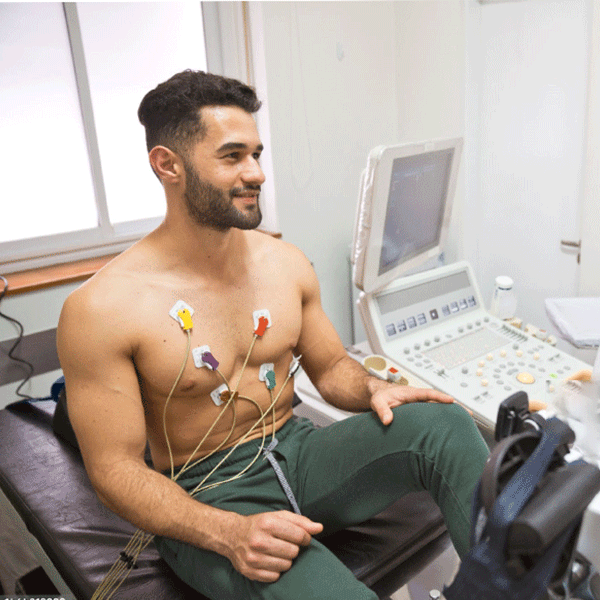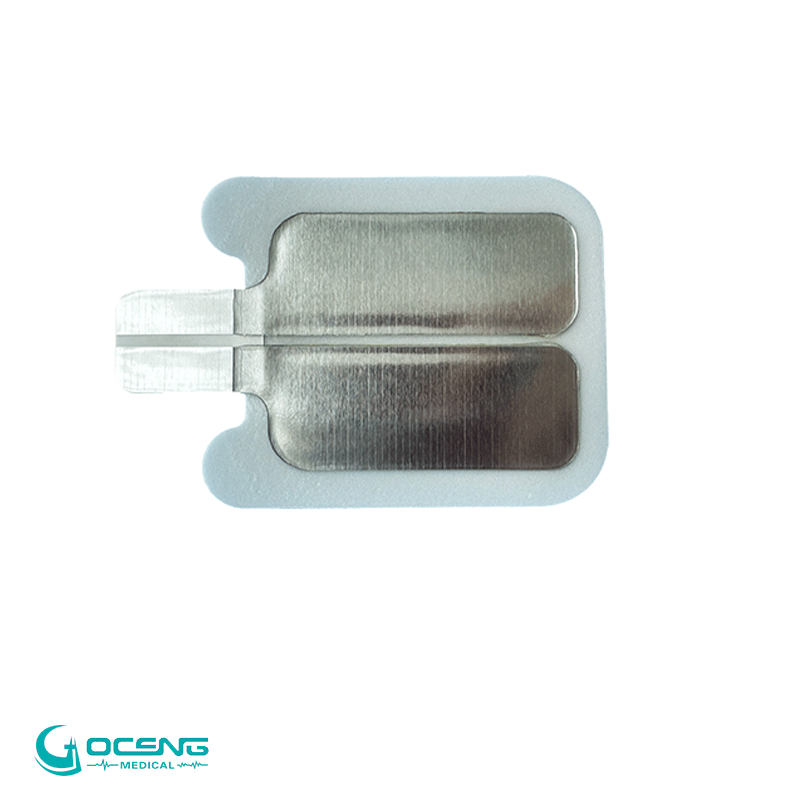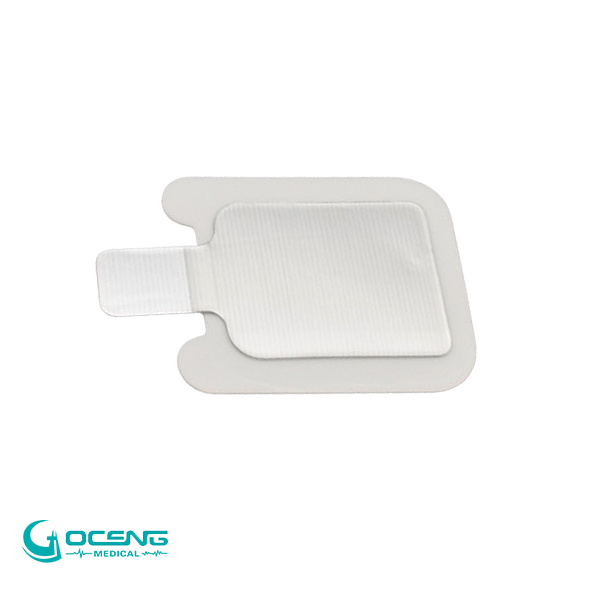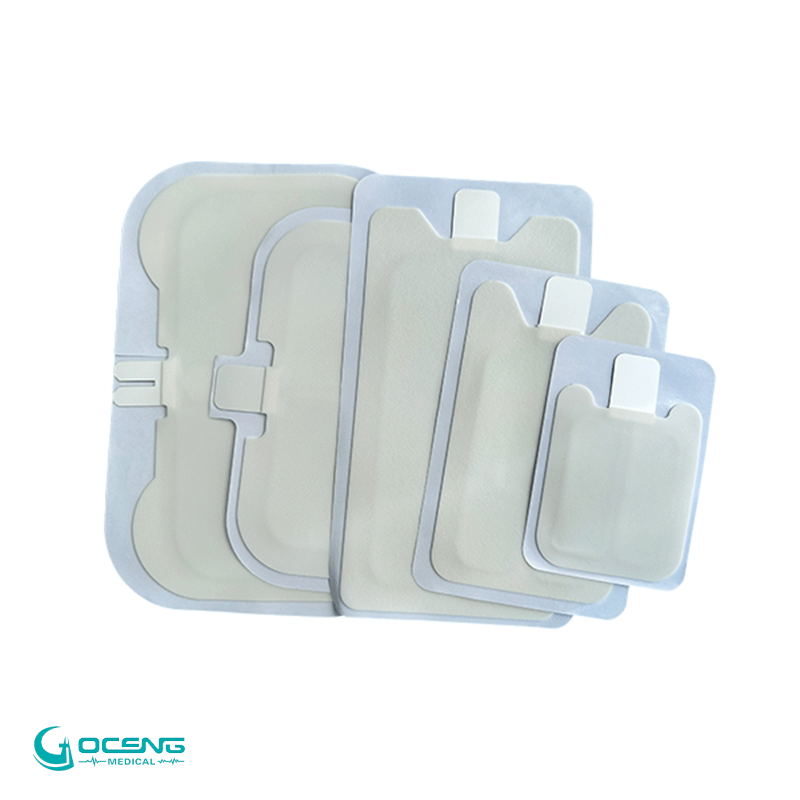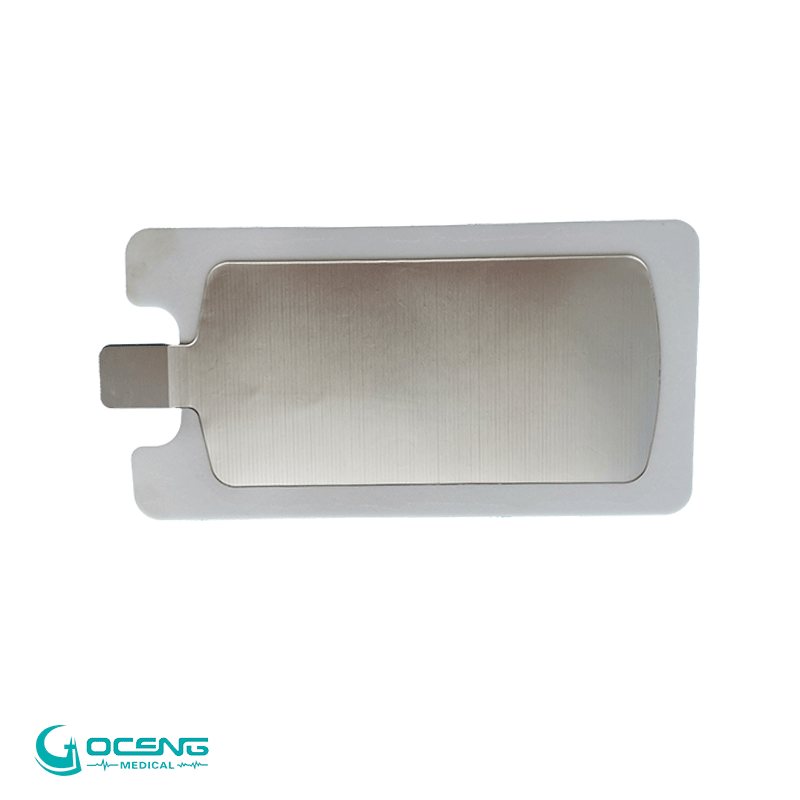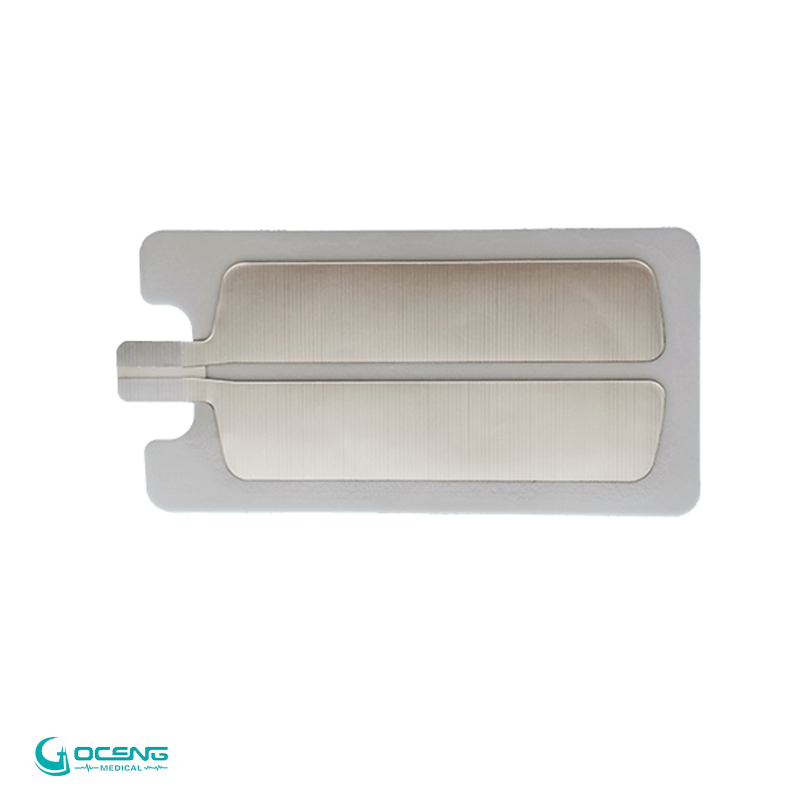A clear and accurate electrocardiogram begins with a seemingly minor but crucial choice - an electrode pad. It is like a "bridge" connecting you to precision instruments. The quality of the bridge directly determines the fidelity of signal transmission. Selecting the right electrode pad is the first step to obtaining reliable diagnostic data.
1. Conductive medium - The "core" determining signal quality
The conductive layer of the electrode pad that comes into contact with the skin is the source of signal acquisition. Its type directly affects the stability and accuracy of the signal.
Hydrogel type (mainstream choice)
Features: Rich in ionic conductive liquid, it can form a close and low-impedance contact with the skin.
Advantages: Stable signal transmission, smooth baseline, and strong anti-interference ability. It can effectively capture subtle ST segment changes and T waves, making it the preferred choice for clinical diagnosis and ambulatory electrocardiogram monitoring.
Applicable: Medical-grade monitoring, 24-hour ambulatory electrocardiogram, resting electrocardiogram, exercise stress test.
Solid gel/foam type
Features: The conductive material is solid or foam, making it more durable.
Advantages: Long service life, not easy to dry out, suitable for remote monitoring that requires long-term wearing (more than 24 hours).
Note: The initial impedance may be slightly high. It is necessary to fully adhere to the skin to achieve the best conductive state.
Selection motto: Pursue diagnostic precision and prefer high-quality, low-impedance medical-grade hydrogel pad.
2. Adhesive material - Ensuring a stable and continuous "anchor point"
Even if the signal transmission is perfect, if the patch falls off or shifts halfway, everything will return to zero. The bonding material determines the "grip" and comfort of the pad.
Breathability and low allergenicity: Choose medical-grade acrylic adhesive with a micro-porous breathable design. It can reduce skin stuffiness and sweat accumulation, thereby lowering the risk of allergies, redness and itching, and ensuring long-term comfort and stability when worn.
Bonding strength and removal experience: High-quality patches can strike a balance between "strong bonding" and "painless removal". It can not only resist the pulling caused by daily activities, but also minimize the pain like "tearing wax" and damage to the skin when removing it.
Choice motto: Invest in comfort and stability by choosing breathable, hypoallergenic, and residue-free adhesive layers when removed.
3. Structure and Size - The "Art" of Fitting the Body's Curves
The structural design of the patch directly affects its fit with the body's undulations (such as between the ribs) and its ability to resist movement interference.
Integral type and separated type (buckle type) :
Integral type: The electrode and gel are integrated, which is simple to use and has a relatively low cost.
Separated type (buckle type) : The electrode buckle is separated from the gel patch. This is the gold standard for ambulatory electrocardiogram and long-term monitoring. The advantage lies in that even if the patient's body movement causes the wire to be pulled, the force will be absorbed by the electrode clip and will not directly act on the gel sheet on the skin, greatly reducing the risk of motion aberration and shedding.
Size and shape
Smaller pads are more flexible and are suitable for a tight fit in areas with a large curvature of the thorax.
Larger pads provide a greater conductive area and bonding surface, and the signal may be more stable.
4. Application Scenario - The "Wisdom" of Treating the Symptoms
Different inspection purposes have different emphasis requirements for ECG electrode pads.
Resting electrocardiogram: It focuses on the rapid establishment of stable connections, and a disposable hydrogel electrode can meet this requirement.
24-hour ambulatory electrocardiogram: The core requirements are ultra-long standby time, firm adhesion, and strong anti-interference ability. It is necessary to choose a dedicated patch with a long-lasting hydrogel, breathable strong adhesive and a separable design.
Exercise stress test (plate test) : Facing extreme sweat and intense exercise challenges. Special high-viscosity, waterproof and sweat-proof electrode patches are required.
Long-term remote monitoring/implantable devices: Focusing on ultimate skin tolerance, you can choose super-breathable and low-irritation patches specially designed for wearing for several weeks.
A small electrode pad bears significant responsibilities related to health and diagnosis. It is not only a product of technology, but also a promise of protection. By making wise choices in these four dimensions, Goceng Medical will be able to ensure that every heartbeat connected is the most genuine echo of life.

